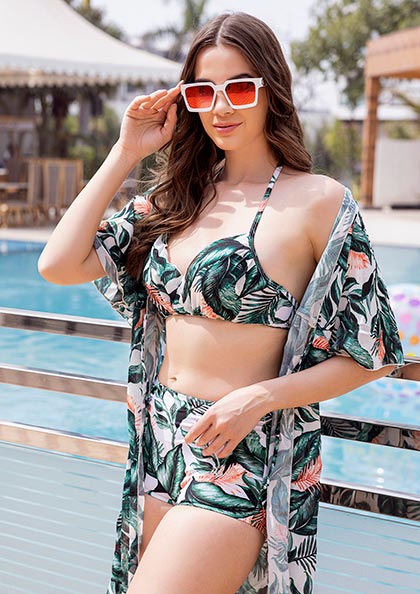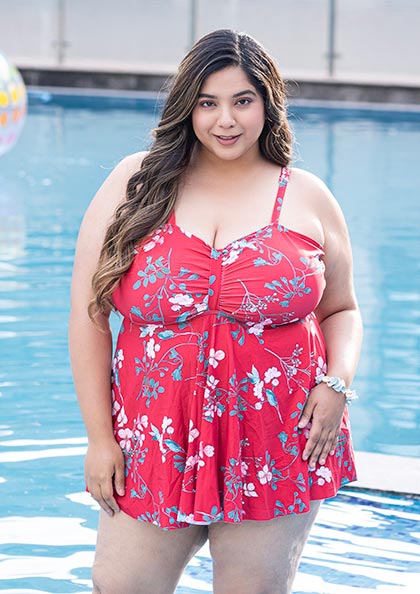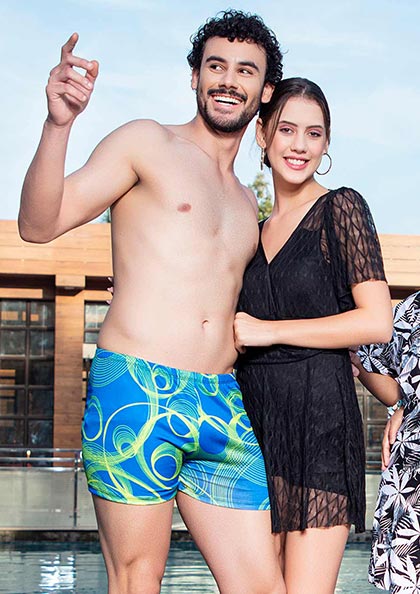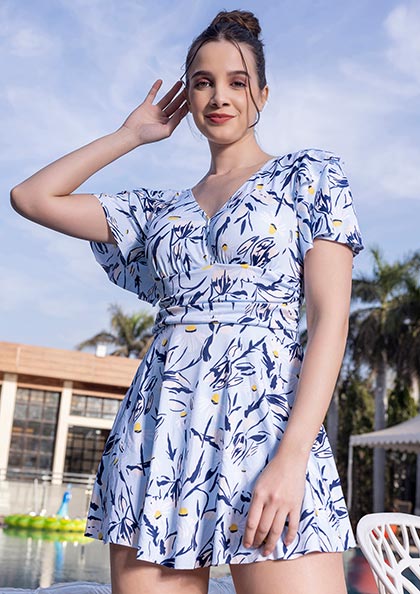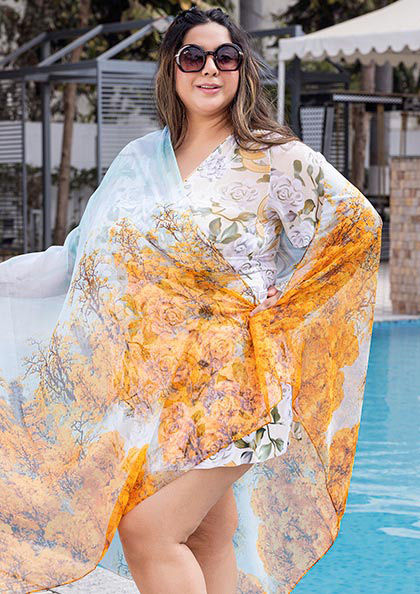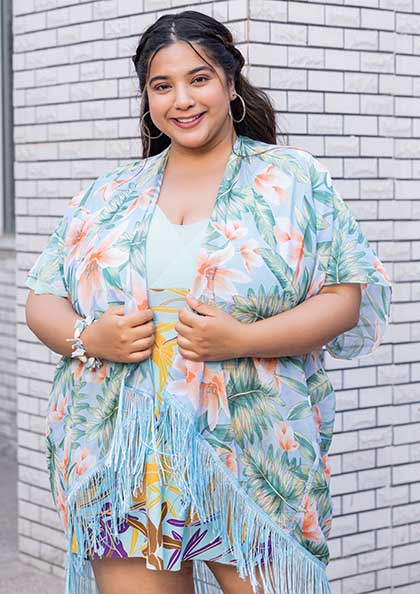- Bras
-
-
Top Collections
- Minimizer
- Plus Size
- T shirt
- Regular Cotton
- Teenager
- Padded
- Bra Panty Sets
-
By Preference
- Non Padded
- Push Up
- Sports
- Strapless
- Backless
- Under Wired
- Without Wire
-
-
- Panties
- Shapewear
-
Sports
-
-
Famous Collections
- Sports Bra
- Gents Lower
- Ladies Lower
- GYM WEAR
- TUBE BRAS & TOP
- SLIPS AND CAMISOLES
-
-
- Beachwear
- Nightwear
- Accessories
-
-
Top Collections
- SILICON & STICONS
- Bra Pads
- Under Arm Pads
- Panty Liner
- Bra Extender
- Straps
- Body Stocking
-
By Preference
- Stocking
- Undergarment Kit
- Laundry Bag
- Under Arm Pads
- Bra Extender
- Silk Scarfs
-
-
- MENS



